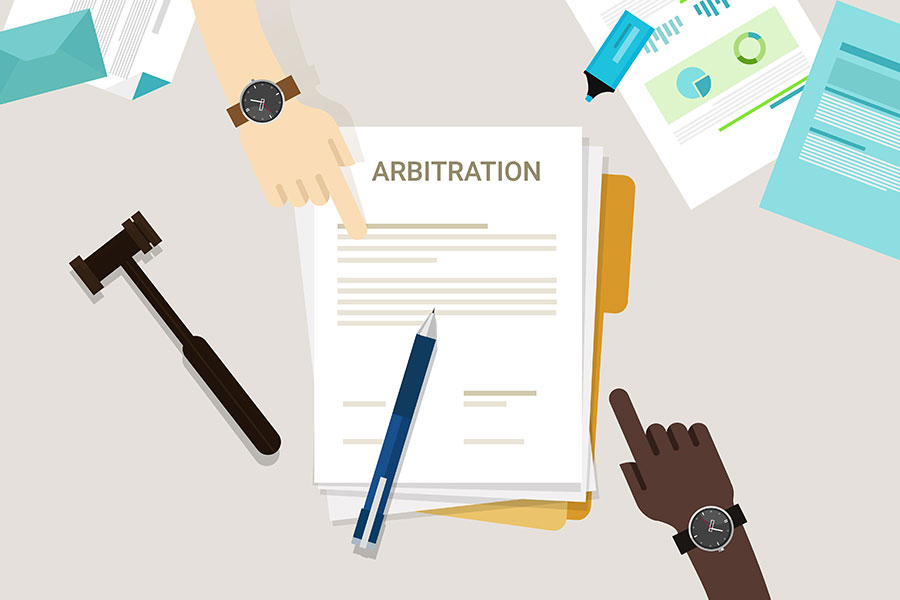Section 32A: Unanswered Legal Issues

In continuation of our previous article wherein we explained the reasons and the intent of promulgation of Article 32A of the Insolvency and Bankruptcy Code, 2016 (“Code”), the present article deals with various legal issues which have been left unanswered while dealing with the said provision by the Hon’ble High Court of Delhi (“High Court”) as well as the Hon’ble National Company Law Appellate Tribunal, New Delhi (“Appellate Tribunal”).
Section 32A of the Code, for the first time, came up for interpretation before the Hon’ble Appellate Tribunal in the case of JSW Steel Limited v. Mahendra Kumar Khandelwal & Ors., being Company Appeal (AT) (Insolvency) No. 957 of 2019.
The Appellate Tribunal not only interpreted Section 32A to have retrospective applicability; but, also went a step ahead and set aside all the attachments which had been made by the Enforcement Directorate under the Prevention of Money Laundering Act, 2002 (“PMLA”) of the assets of the Corporate Debtor.
However, while doing so, the question that would arise is whether the benefit would also then accrue to all the other entities which had a conclusive successful resolution prior to the promulgation of Section 32A (and no adjudicatory proceedings were pending) and also qualified the parameters as laid down in the said section.
This question also appears to have been put to rest by the Hon’ble High Court vide Judgment dated 16.03.2020 in the case of Tata Steel BSL Limited v. Union of India. In the said petition, the summons issued by a Learned Sessions Judge in a case filed by the Serious Fraud Investigation Office, prior to the promulgation of Section 32-A of the Code were in challenge, inter alia. The Hon’ble High Court proceeded to grant benefit of prosecution to the said entity as well and held as under:
“6. It is clear from the express language of the aforementioned provision that a Corporate Debtor would not be liable for any offence committed prior to commencement of the CIRP and the corporate debtor would not be prosecuted if a resolution plan has been approved by the Adjudicating Authority.
7. In the present case, there is no dispute that a resolution plan has been approved by the Adjudicating Authority (NCLT) and in the circumstances, there is much merit in the contention that the petitioner cannot be prosecuted and is liable to /be discharged.”
Thus, it appears that Section 32A of the Code is applicable retrospectively; even to entities wherein resolution plans (involving a change in management) have been approved, prior to the promulgation of section 32A of the Code.
While, this provision may give a confidence boost to the prospective Resolution Applicants/ Bidders to take over the properties of Corporate Debtor while participating in a Corporate Insolvency Resolution Process or Liquidation, without having the threat of prosecution and uncertainty of acquisition of the properties of the Corporate Debtor, looming over their heads. However, a lot of legal as well as economic questions arise which will have to be answered by the Courts of law in the times to come. By way of this article, an effort is being made to raise certain question which requires to be immediately redressed so as to weed out any misuse of Section 32A of the Code.
- The first issue, which requires consideration is the extent of power that can exercised by the Adjudicating Authority or the Appellate Tribunal in granting benefit under Section 32A of the Code to a Successful Resolution Applicant. As is seen from the judgment of the Appellate Tribunal in the JSW Steel Limited Case (Supra), the Appellate Tribunal has gone a step ahead to declare the attachments made under PMLA as illegal. Now, the Appellate Tribunal has been constituted in pursuance of the provisions of the Companies Act, 2013 and exercises jurisdiction in relation to matters under the Code, inter alia. However, such a jurisdiction cannot be equated with the one under Article 226 of the Constitution of India as exercised by the Hon’ble High Courts. Having said so, while granting benefit under Section 32A of the Code, the setting aside of attachment orders made by another authority under a different statute/ enactment, amounts to overreaching the powers conferred by the Companies Act, 2013 as well as the Code, raising questions about the legality of the order to that extent. In fact, such an exercise has been also frowned upon by the Hon’ble Supreme Court in the case of Embassy Property Developments Pvt. Ltd. v. State of Karnataka & Ors[1]. This issue however may soon be clarified by the Hon’ble Supreme Court as an appeal against the said order is pending adjudication.
- The second issue revolves around the impact of the promulgation of Section 32A of the Code has had on the numerous other enactments which have been promulgated to stop financial crimes. Section 32A appears to have turned PMLA into a toothless tiger and appears to give an opportunity to the offenders to legitimize money laundering through the Code; thereby, making the laws in relation to stopping of financial crimes completely redundant.
- While granting benefit of Section 32A to a commercial entity, the legislature appears to have solely concentrated on the commercial interests of Resolution Entities (the Corporate Debtor and the Resolution Applicant) and completely ignored the victims of crime/ money laundering activities and/ or the processes thereunder.
- It is intriguing that Section 32A provides no exception for an encumbrance which may have specifically been created with a view to defeat the provisions of the PMLA. Contrarily, Section 9 of the PMLA, specifically provided for the power to the concerned authority for removal of any encumbrance on the property or any lease hold right in case it was created with a view to defeat the provisions of PMLA.
- Section 32A of the Code, in its bare reading, protects such encumbrances, taking them away from the ambit of any seizure, attachment and confiscation, even if the said encumbrances have been created to defeat the provisions of PMLA; thus obliterating the provisions of the PMLA, in so far as they relate to bringing back the proceeds of crime and making the process of law being pursued under the PMLA, perfunctory and of no consequence.
- There is no protection under Section 32A of the Code for the victims of money laundering as they would neither come under the definition of the Operational Creditor nor the Financial Creditor. This infact poses a bigger problem as usually, money laundering as a modus operendi uses shell companies and various layers to hide the proceeds of crime. This almost amounts to rendering such victims, remediless. The PMLA in fact protected the interests of such victims.
- In a given scenario, funds could be collected from the general public and siphoned off to another Company to purchase properties for seeking protection under the Code, leading to gross misuse. The victims of crime would only have claims over the first company, which collected the funds; however, insofar as the properties purchased from the said funds is concerned, they belonging to another Company. The victims of such offences will have no claims against the property of the other Company; thereby, in one way legitimising the money generated from the general public (by way of an offence), into legitimate property; by using the process under the Code.
- There ought to be checks and balances in the interpretation of the provisions, in order to ensure that such abuse is not permitted.
Section 32A of the Code has been carved out, to enable intending Resolution Applicants to take over a clean Company. However, at the same time, it is to be seen how such an enactment would hamper the legal processes brought into force to curtail and prevent acts of money laundering in our Country.
These questions are yet to be unanswered. However, it is matter of time that the said questions would be deliberated before the Hon’ble Apex Court in the pending proceedings [arising out of the JSW Steel Limited case (supra)].
[1] Reported at 2019 SCC Online SC 1542





